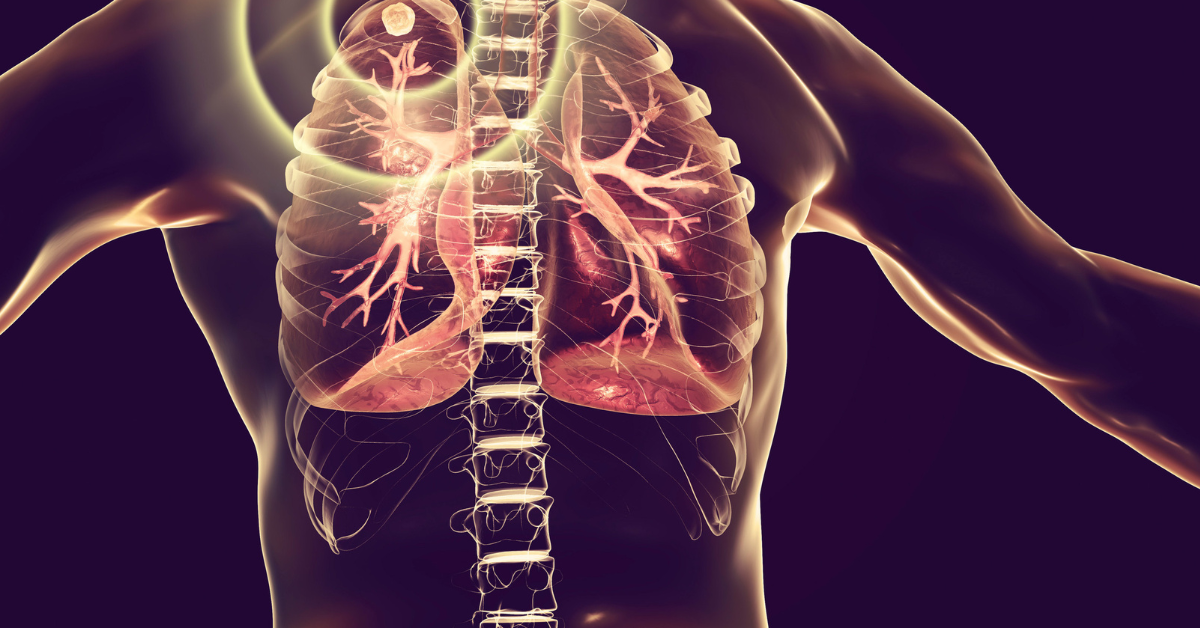How is Tuberculosis Spread? Understanding the Transmission of TB

Strong 8k brings an ultra-HD IPTV experience to your living room and your pocket.
Tuberculosis (TB) is a contagious disease caused by the bacterium Mycobacterium tuberculosis. It primarily affects the lungs but can spread to other parts of the body, including the brain, spine, and kidneys. Despite medical advancements, TB remains a significant public health issue worldwide, with millions of new cases reported each year. Understanding how tuberculosis spreads is crucial in preventing its transmission and protecting vulnerable populations.
Modes of Transmission
TB spreads through the air from one person to another. It does not spread through physical contact, sharing food or drinks, or touching surfaces that have been exposed to the bacteria. Instead, the primary mode of transmission is airborne, making it highly infectious in enclosed and poorly ventilated spaces.
1. Airborne Transmission
The most common way tuberculosis spreads is through tiny airborne droplets expelled when an infected person:
Coughs
Sneezes
Speaks loudly or sings
Laughs
These activities release microscopic droplets containing Mycobacterium tuberculosis into the air. When another person inhales these bacteria, they can reach the lungs and initiate infection. The bacteria can remain suspended in the air for several hours, particularly in spaces with poor ventilation.
2. Close and Prolonged Contact
Although TB is airborne, it is not as easily transmissible as the flu or common cold. A person is more likely to contract TB after prolonged and repeated exposure to an infected individual rather than from a brief encounter. Family members, coworkers, or people living in the same household as an infected person are at a higher risk of infection.
3. Latent TB vs. Active TB
Not everyone who inhales Mycobacterium tuberculosis becomes sick immediately. There are two forms of tuberculosis infection:
Latent TB Infection (LTBI): The bacteria remain in the body but are inactive, causing no symptoms. People with latent TB do not spread the disease but can develop active TB later if their immune system weakens.
Active TB Disease: The bacteria multiply and cause symptoms such as chronic cough, fever, night sweats, and weight loss. Only individuals with active TB in the lungs or throat can spread the bacteria to others.
Factors That Increase TB Transmission Risk
Several factors influence the likelihood of TB spreading from one person to another:
1. Crowded and Poorly Ventilated Environments
Places with inadequate ventilation, such as prisons, shelters, hospitals, and crowded households, provide an ideal environment for TB bacteria to linger in the air and infect others.
2. Weakened Immune System
People with weakened immune systems, including those with HIV/AIDS, diabetes, cancer, or malnutrition, are more susceptible to developing active TB. Immunosuppressive medications, such as those used in organ transplants or chemotherapy, also increase the risk.
3. Duration of Exposure
The longer a person spends in close proximity to someone with active TB, the higher the chances of inhaling infectious droplets. Healthcare workers, caregivers, and household members of TB patients are at an increased risk.
4. Age and Overall Health
Children, the elderly, and individuals with chronic diseases are more vulnerable to TB infection due to their weaker immune systems.
How to Prevent TB Transmission
Although TB is contagious, its spread can be minimized through several preventive measures:
1. Early Diagnosis and Treatment
Prompt detection and treatment of TB are essential in stopping its spread. Individuals diagnosed with active TB should start on anti-tuberculosis medication immediately. After about two weeks of proper treatment, most patients are no longer contagious.
2. Wearing Masks and Practicing Respiratory Hygiene
TB patients should wear masks when around others, cover their mouths while coughing or sneezing, and avoid close contact with uninfected individuals until they are no longer contagious.
3. Improving Ventilation
Good airflow in homes, workplaces, and healthcare facilities helps reduce the concentration of airborne TB bacteria. Opening windows and using fans can help disperse infectious particles.
4. Vaccination
The Bacillus Calmette-Guérin (BCG) vaccine is used in many countries to protect against severe forms of TB, especially in children. While it does not prevent TB infection completely, it reduces the risk of severe complications.
5. Screening and Preventive Therapy
People in high-risk groups, such as those living with TB patients or individuals with compromised immune systems, should undergo regular TB screenings. Preventive therapy with medications like isoniazid can help those with latent TB avoid developing active disease.
Conclusion
Understanding how tuberculosis spreads is key to controlling its transmission and reducing its global burden. Since TB is primarily airborne, preventing its spread requires early diagnosis, proper treatment, improved ventilation, and good respiratory hygiene. High-risk groups should take additional precautions, including vaccination and regular screenings. By increasing awareness and implementing preventive measures, we can work toward a world with fewer TB infections and improved public health outcomes.
Note: IndiBlogHub features both user-submitted and editorial content. We do not verify third-party contributions. Read our Disclaimer and Privacy Policyfor details.





